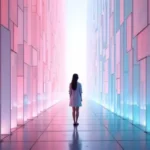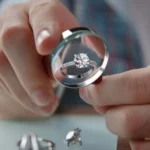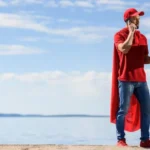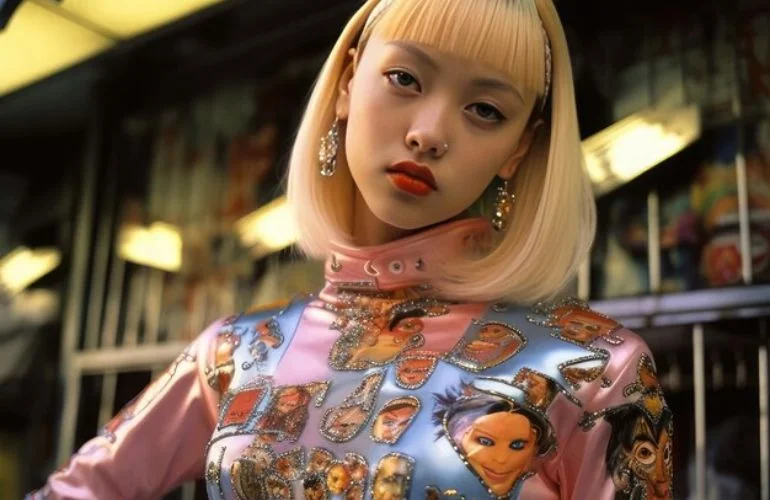Harajuku fashion isn’t just a trend—it’s a vibrant, ever-evolving cultural phenomenon that has captured the hearts of fashion enthusiasts around the world. Rooted in the streets of Tokyo, Japan, this style is known for its bold colors, eclectic mix of patterns, and fearless creativity. But what exactly is Harajuku style, and how did it come to be?
What is Harajuku Fashion?
Harajuku fashion is more than just a style of dress; it’s a unique form of self-expression. It originated in the Harajuku district of Tokyo, where young people began to experiment with different fashion styles, creating an avant-garde, rebellious look. This style is characterized by its mix-and-match approach, combining elements from punk, goth, Lolita, and other eclectic styles, resulting in a playful and unpredictable fashion statement.
The Origins of Harajuku Style
Harajuku street fashion started gaining traction in the 1970s when Japan opened up to Western influences. Young people began to explore different styles, drawing inspiration from American pop culture, rock music, and local Japanese trends. This fusion of cultures led to the birth of a new, vibrant fashion scene that was uniquely Harajuku.
The Evolution of Harajuku Style Over Time
The 1970s and the Birth of Harajuku Style
The 1970s marked the beginning of Harajuku street fashion, a period when young Japanese people started to gather in the Harajuku district to explore new styles. The area became a hub for creative experimentation, with teenagers dressing in a mix of traditional Japanese clothing and Western fashion elements.
The Influence of Western Culture in the 1980s
During the 1980s, Western culture had a significant influence on Harajuku style. American pop culture, including movies, music, and television, inspired young Japanese people to adopt new looks. The fashion scene in Harajuku became more diverse, with influences from punk, rock, and hip-hop blending into the local styles.
The 1990s Boom: When Harajuku Became Global
The 1990s were a transformative decade for Harajuku street fashion. The area became a global fashion hotspot, thanks in part to international media coverage. Magazines, photographers, and fashion enthusiasts from around the world flocked to Harajuku to capture its unique style, further spreading its influence.
Harajuku Style in the 21st Century
In the 21st century, Harajuku style continues to evolve. The internet and social media have played a significant role in spreading its popularity. Today, Harajuku is not just a local phenomenon but a global movement, inspiring fashionistas from Tokyo to New York.
Must read 50s Hair Fashion: Iconic Hairstyles and Trends from the 1950s
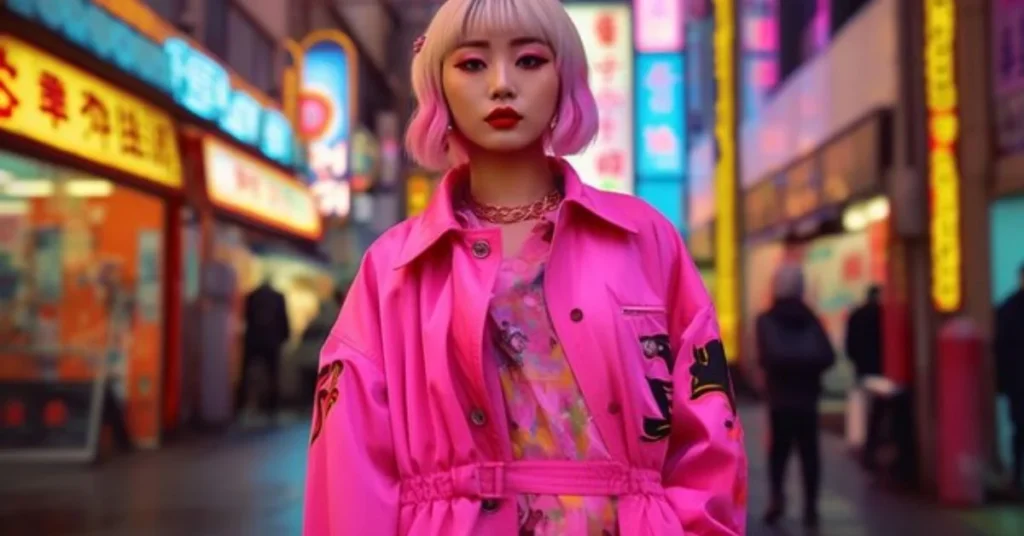
Key Elements of Harajuku Street Fashion
Mixing and Matching Styles
One of the most distinctive elements of Harajuku is its fearless approach to mixing and matching different styles. From vintage clothing to modern streetwear, anything goes. The aim is to create a look that is both unique and personal.
Bold Colors and Patterns
Harajuku style is all about standing out. Bright colors, bold patterns, and unexpected combinations are common. Think neon pinks, electric blues, and vibrant yellows paired with polka dots, stripes, or floral prints.
The Role of Accessories in Harajuku Street Fashion
Accessories are a crucial part of Harajuku style. Layered necklaces, oversized bows, quirky hats, colorful socks, and unique bags help to complete the look, adding an extra layer of personality.
Popular Harajuku Fashion Styles
Lolita Fashion
Lolita fashion is one of the most well-known Harajuku styles. Inspired by Victorian and Rococo clothing, it features frilly dresses, petticoats, lace, and bows. The goal is to create a doll-like appearance, often with a playful or whimsical twist.
Decora Style
Decora is short for “decoration,” and this style lives up to its name. It’s characterized by an abundance of colorful accessories—hair clips, bracelets, necklaces—all worn at once. The more, the merrier!
Visual Kei
Visual Kei is a style heavily influenced by Japanese rock music. It combines elements of glam rock, punk, and goth, often featuring elaborate hairstyles, dramatic makeup, and striking clothing.
Gyaru Style
Gyaru, or “gal,” style emerged in the 1990s and is characterized by tanned skin, bleached hair, bold makeup, and Western-inspired clothing. It’s a style that often challenges traditional Japanese beauty standards.
Kawaii Fashion
Kawaii, meaning “cute” in Japanese, is all about embracing cuteness. This style features pastel colors, playful prints, and adorable accessories, creating a childlike, innocent appearance.
Harajuku Street Fashion Icons and Influencers
The Role of Local Designers
Local designers in Tokyo have played a vital role in shaping Harajuku style. Brands like Comme des Garçons and Baby, The Stars Shine Bright have become synonymous with Harajuku style, blending traditional Japanese aesthetics with modern design elements.
International Influences and Collaborations
International collaborations have also impacted Harajuku. Partnerships between Japanese designers and global brands have brought new elements into the style, making it even more diverse and inclusive.

How to Create Your Own Harajuku Style
Start with the Basics
Begin by experimenting with different clothing styles that speak to you. Look for unique pieces that capture the essence of Harajuku—think playful, bold, and unconventional.
Experiment with Colors and Patterns
Don’t be afraid to mix and match colors and patterns. Harajuku fashion is all about breaking the rules, so go ahead and pair stripes with polka dots or neon green with pastel pink.
Focus on Accessories
Accessories can make or break a Harajuku outfit. Look for quirky, unique items like oversized bows, colorful socks, or vintage handbags to complete your look.
Where to Buy Harajuku Style
Popular Stores in Harajuku
Harajuku is home to many famous fashion boutiques, such as Takeshita Street’s Laforet and WEGO. These stores offer a wide range of clothing and accessories that embody the spirit of Harajuku street style.
Online Shopping for Harajuku Style
For those who can’t make it to Tokyo, several online retailers specialize in Harajuku, including Tokyo Otaku Mode, YesStyle, and Harajuku Hearts.
The Impact of Harajuku Street Fashion on Global Trends
Harajuku Style on Runways
Harajuku has made its way to international runways, influencing designers worldwide. The eclectic mix of styles and the bold use of colors have inspired many high-fashion collections.
Harajuku Influence in Street Style
From London to New York, Harajuku’s influence can be seen in street style. Its mix-and-match ethos and love for unique, personal expression have become global fashion staples.
Harajuku and Social Media
Role of Instagram and TikTok
Social media platforms like Instagram and TikTok have played a crucial role in spreading Harajuku street fashion. Influencers and fashion enthusiasts share their outfits, tutorials, and styling tips, making the style accessible to a global audience.
Online Communities and Harajuku Style
Online communities, such as Facebook groups and Reddit forums, have also become hubs for Harajuku style lovers to exchange ideas, share photos, and discuss trends.
The Future
As the world becomes more environmentally conscious, Harajuku street style is also shifting towards sustainability. More designers are incorporating eco-friendly materials and practices into their collections.
The new generation of fashion enthusiasts continues to reinvent Harajuku, blending traditional elements with modern trends. The future of Harajuku is as colorful and unpredictable as its past.
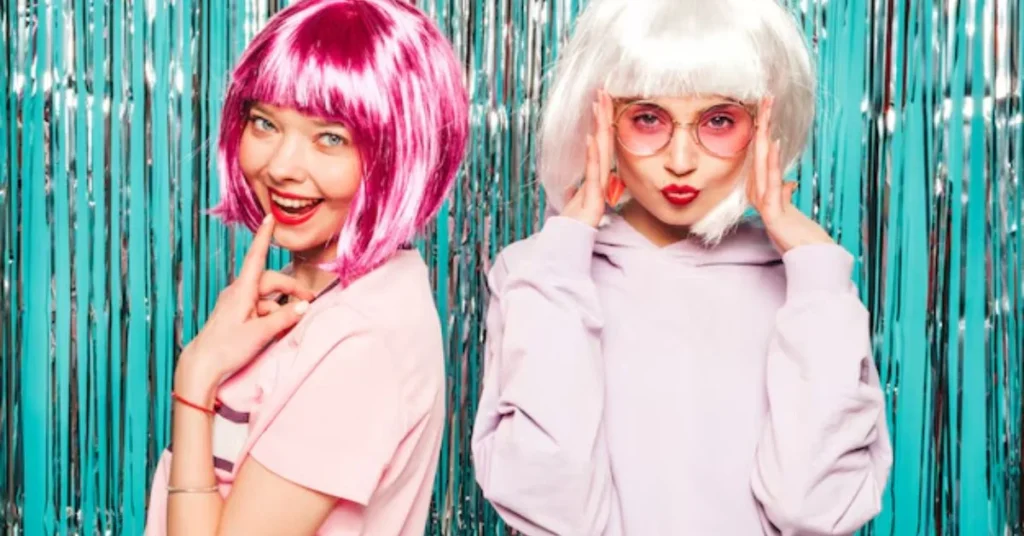
Conclusion
Harajuku fashion is a vibrant, dynamic style that celebrates individuality and creativity. Whether you’re drawn to the bold colors of Decora or the delicate lace of Lolita, there’s a place for everyone in the world of Harajuku. As this style continues to evolve, it remains a testament to the power of self-expression.
If you want know more, check out this site.
What is Harajuku street fashion?
Harajuku fashion is a unique style that originated in the Harajuku district of Tokyo. It’s characterized by its mix-and-match approach, bold colors, and eclectic patterns.
Where can I buy Harajuku style?
You can purchase Harajuku style from popular stores in Tokyo like Takeshita Street’s Laforet and WEGO or online retailers like Tokyo Otaku Mode and YesStyle.
What are the most popular Harajuku style styles?
Some of the most popular styles include Lolita, Decora, Visual Kei, Gyaru, and Kawaii fashion.
How do I create my own Harajuku style?
Start by experimenting with different clothing pieces, mixing and matching colors and patterns, and focusing on accessories that express your personality.
Is Harajuku fashion sustainable?
Harajuku street style is becoming more sustainable, with designers incorporating eco-friendly materials and practices into their collections.

